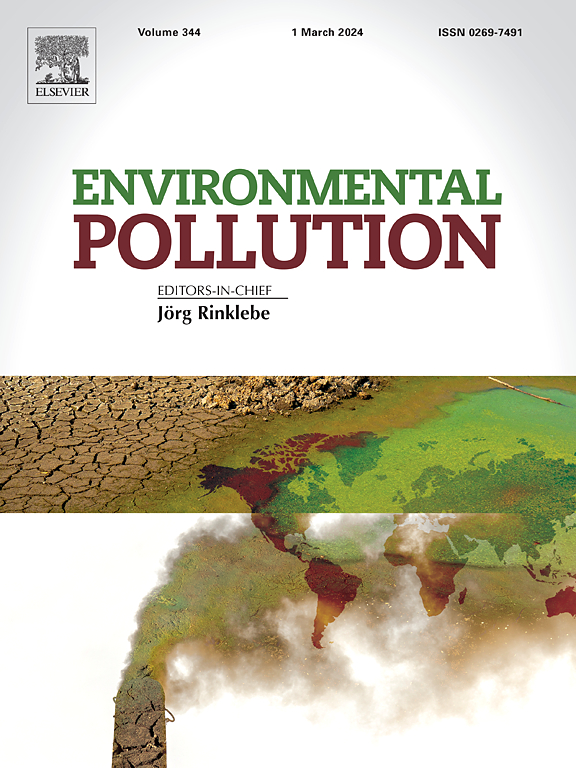Potential impact of vehicle electrification on greenhouse gases and criteria pollutants in 2035: A scenario-based well-to-wheel analysis for New York City, Los Angeles, Chicago, and Houston using GREET-MOVES integration
IF 7.6
2区 环境科学与生态学
Q1 ENVIRONMENTAL SCIENCES
引用次数: 0
Abstract
This study uses an innovative approach by integrating the GREET (Greenhouse Gases, Regulated Emissions, and Energy Use in Transportation) model with MOVES (Motor Vehicle Emission Simulator) to evaluate the well-to-wheel (WTW) emissions of key pollutants—carbon monoxide (CO), nitrogen oxides (NOX), particulate matter (PM2.5, PM10), sulfur oxides (SOX), and greenhouse gases (GHG-100, GHG-20)—across four major United States (U.S.) cities: New York City, Los Angeles, Chicago, and Houston, under various electrification scenarios projected for 2035. Using two distinct electricity generation mixes from the U.S. Energy Information Administration (EIA) and the National Renewable Energy Laboratory (NREL), the analysis explores the impact of three electrification scenarios: moderate (MedE), high (HighE), and full electrification (FullE). Results indicate that CO emissions decrease by an average of 15.8% in MedE, 26.5% in HighE, and 99.1% in the FullE scenario across all cities. On average, NOX emissions decline by 5% in MedE, 8.5% in HighE and 97.3% in FullE. GHG-100 and GHG-20 emissions decrease by 9% in MedE, 15.6% in HighE, and 91% in FullE. Reductions in PM2.5 and PM10 are more modest even with full electrification due to the contribution of non-exhaust emissions. However, SOX emissions, which originate primarily from electricity generation, exhibit substantial variability. For example, while New York City, Los Angeles, and Chicago see an average reduction of 79.2% under EIA's FullE scenario, Houston experiences a 75.1% increase. In contrast, NREL projections show reductions across all cities. These results reaffirm that the benefits of electrification depend on the grid's carbon intensity.


2035 年汽车电气化对温室气体和标准污染物的潜在影响:利用 GREET-MOVES 整合对纽约市、洛杉矶、芝加哥和休斯顿进行的基于情景的 "从井底到车轮 "分析
本文章由计算机程序翻译,如有差异,请以英文原文为准。
求助全文
约1分钟内获得全文
求助全文
来源期刊

Environmental Pollution
环境科学-环境科学
CiteScore
16.00
自引率
6.70%
发文量
2082
审稿时长
2.9 months
期刊介绍:
Environmental Pollution is an international peer-reviewed journal that publishes high-quality research papers and review articles covering all aspects of environmental pollution and its impacts on ecosystems and human health.
Subject areas include, but are not limited to:
• Sources and occurrences of pollutants that are clearly defined and measured in environmental compartments, food and food-related items, and human bodies;
• Interlinks between contaminant exposure and biological, ecological, and human health effects, including those of climate change;
• Contaminants of emerging concerns (including but not limited to antibiotic resistant microorganisms or genes, microplastics/nanoplastics, electronic wastes, light, and noise) and/or their biological, ecological, or human health effects;
• Laboratory and field studies on the remediation/mitigation of environmental pollution via new techniques and with clear links to biological, ecological, or human health effects;
• Modeling of pollution processes, patterns, or trends that is of clear environmental and/or human health interest;
• New techniques that measure and examine environmental occurrences, transport, behavior, and effects of pollutants within the environment or the laboratory, provided that they can be clearly used to address problems within regional or global environmental compartments.
 求助内容:
求助内容: 应助结果提醒方式:
应助结果提醒方式:


